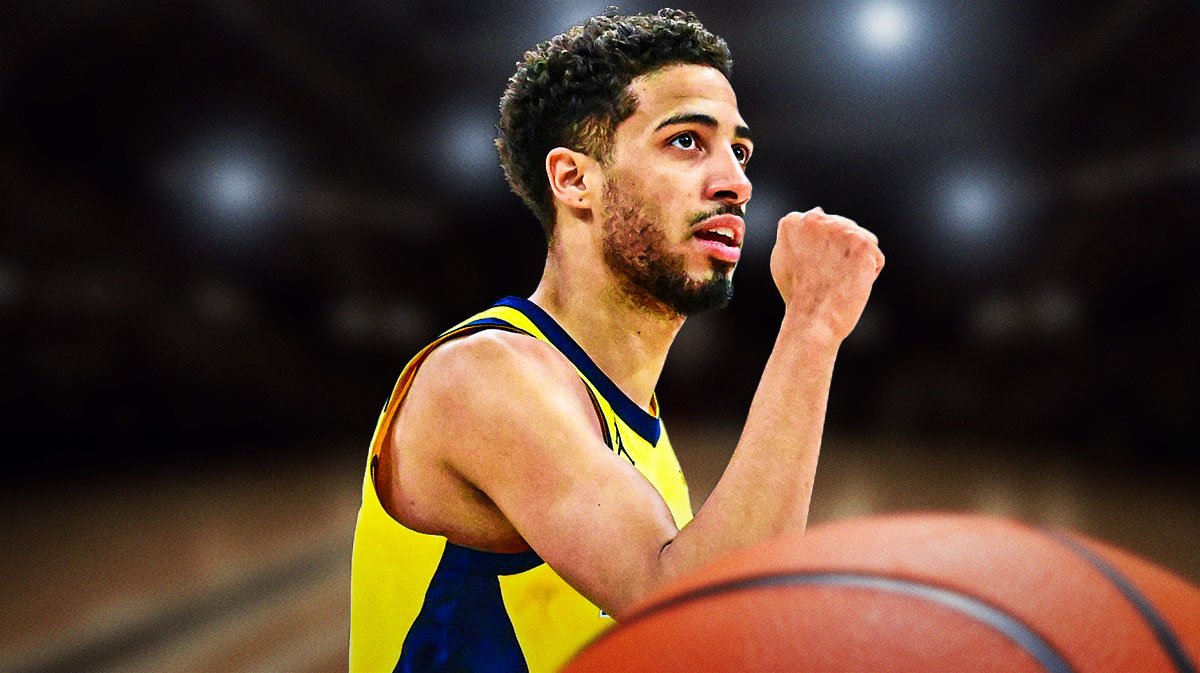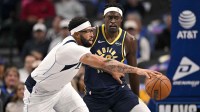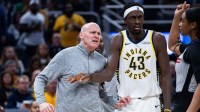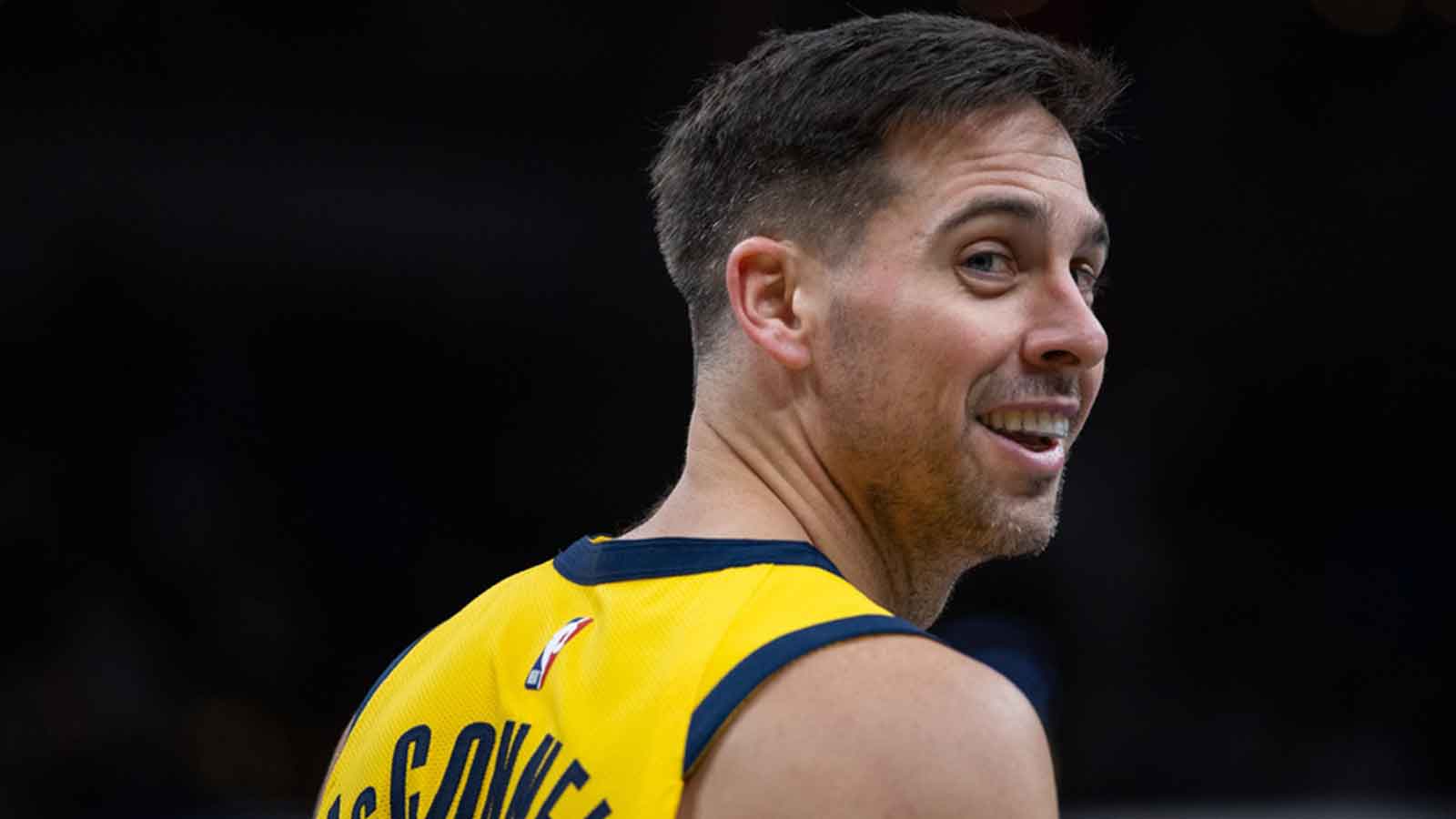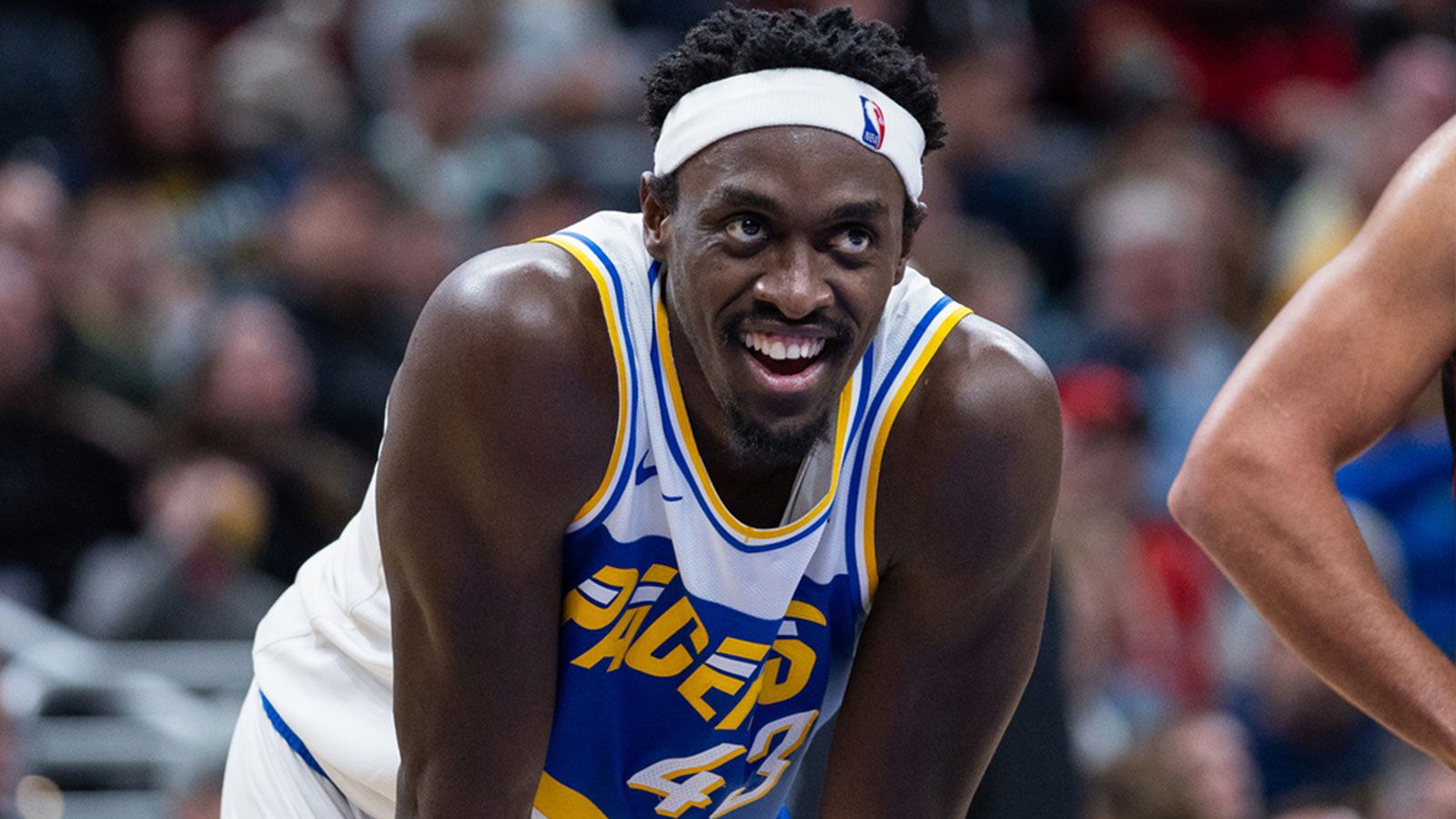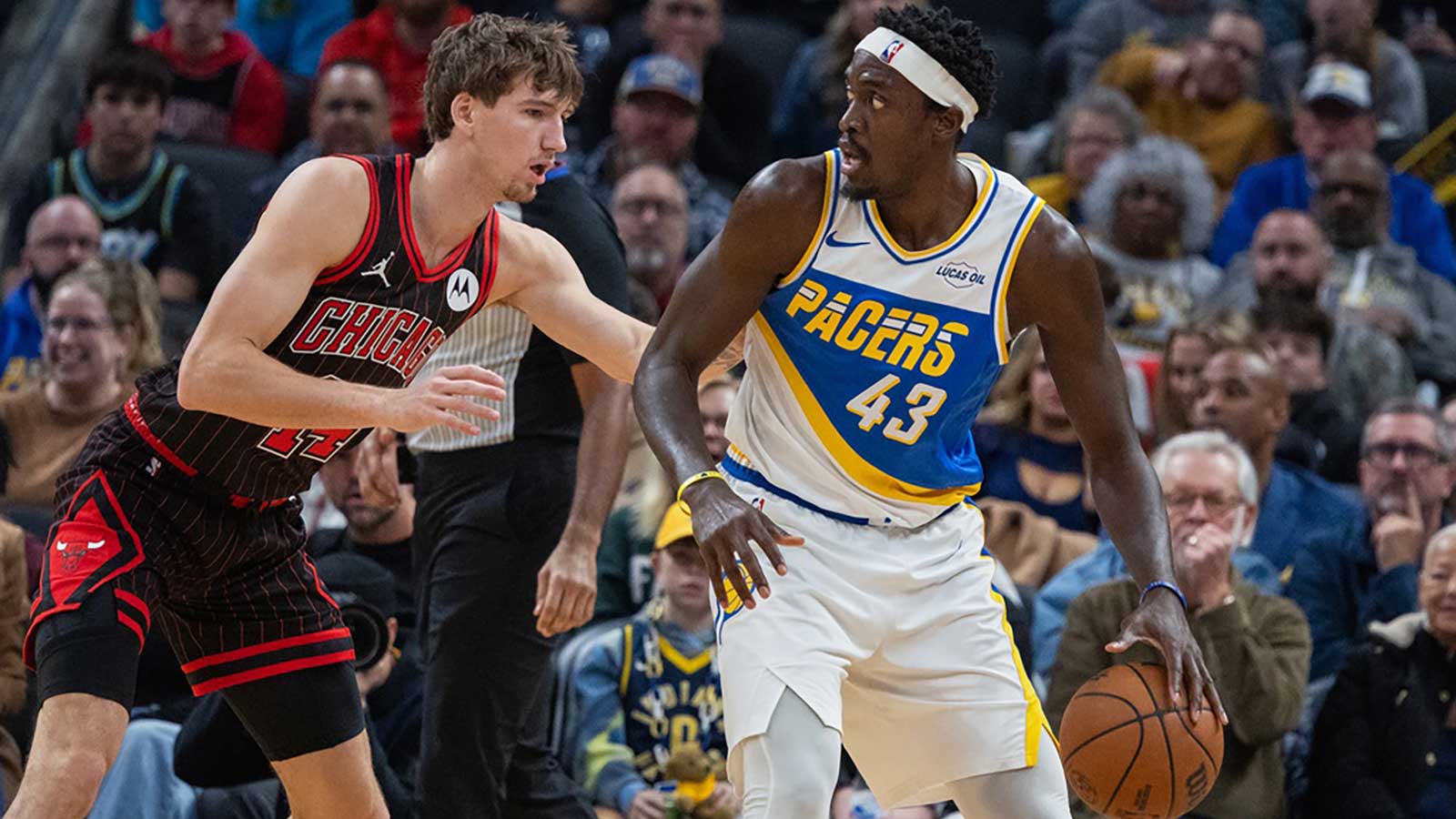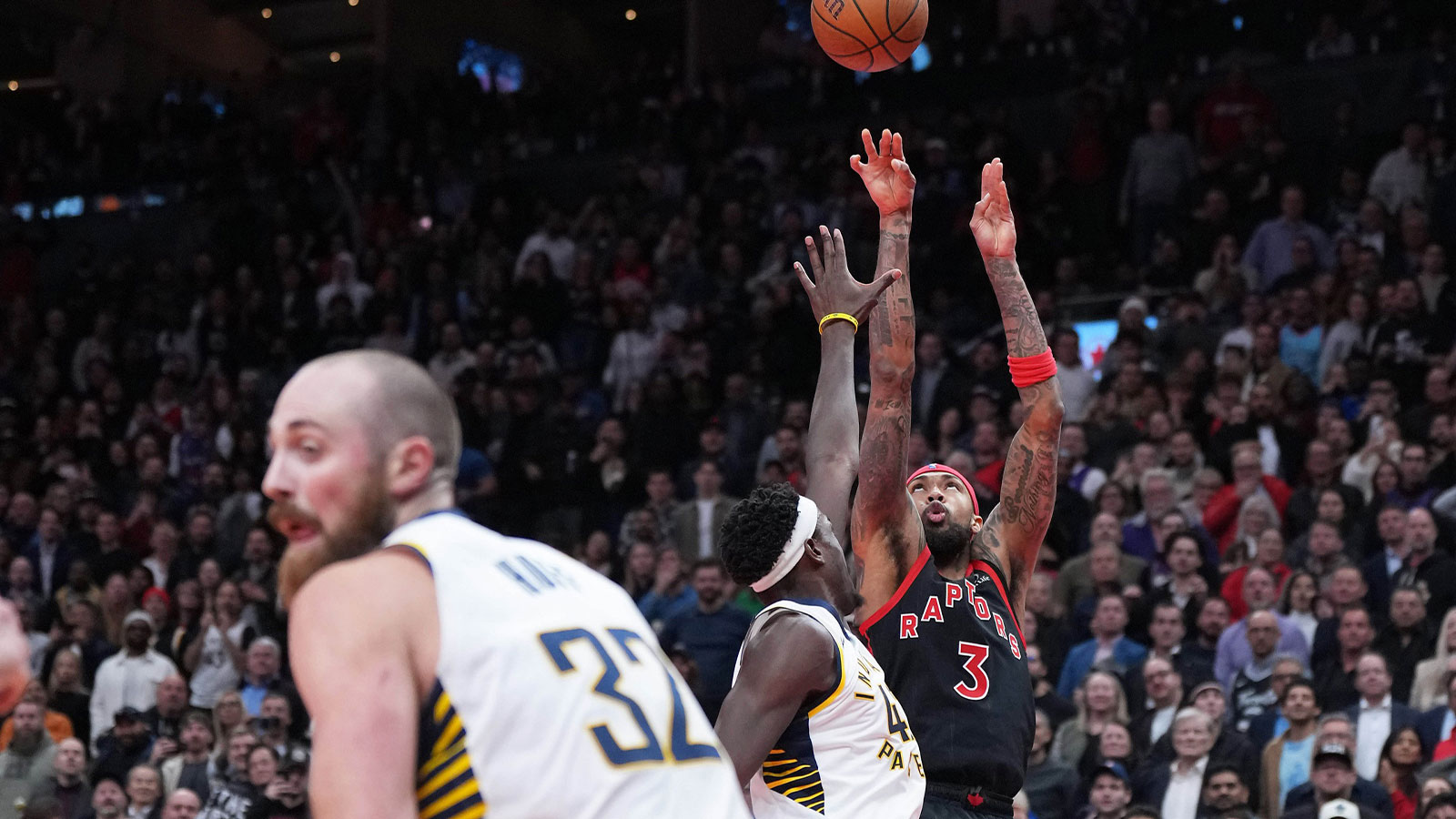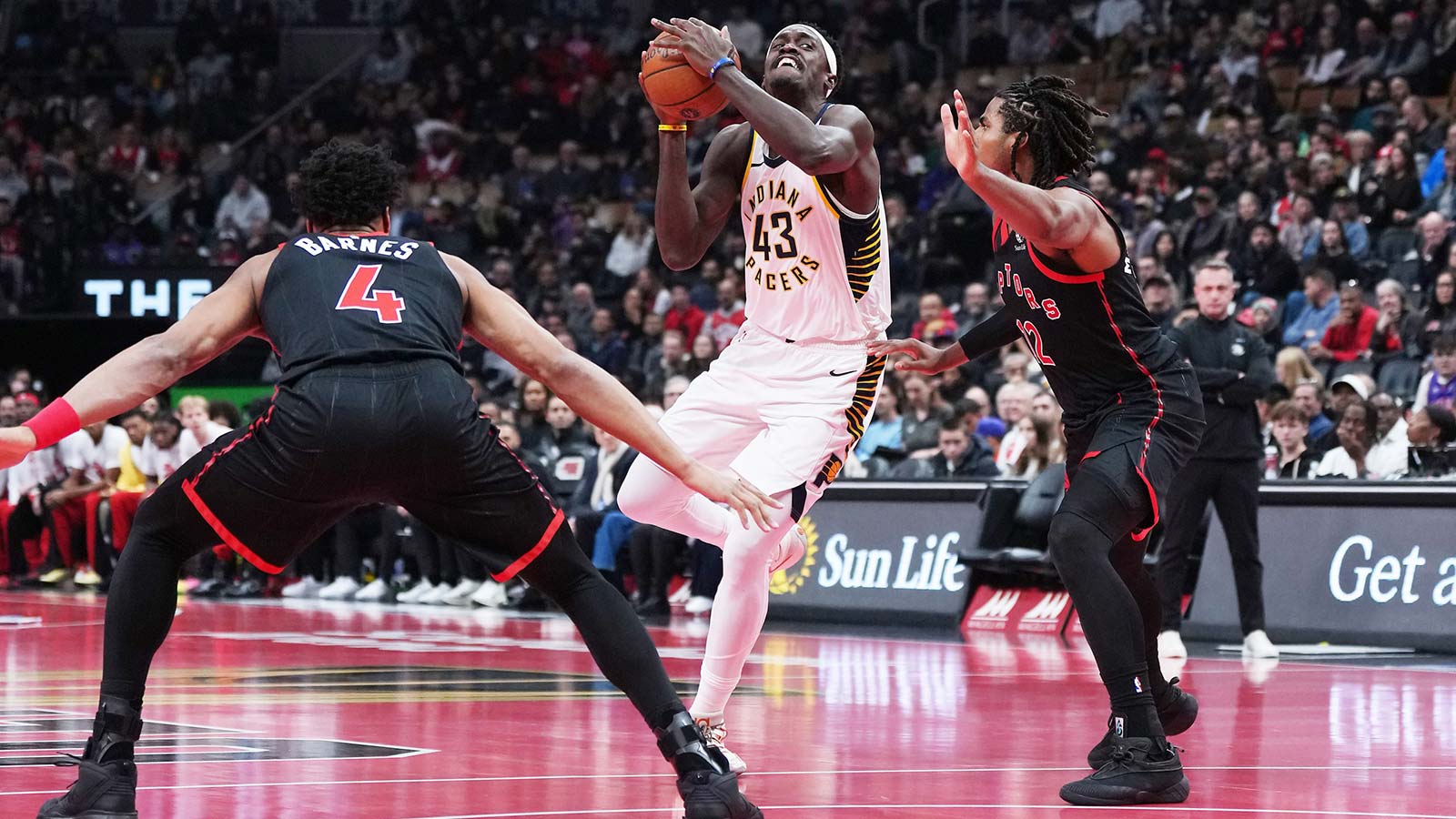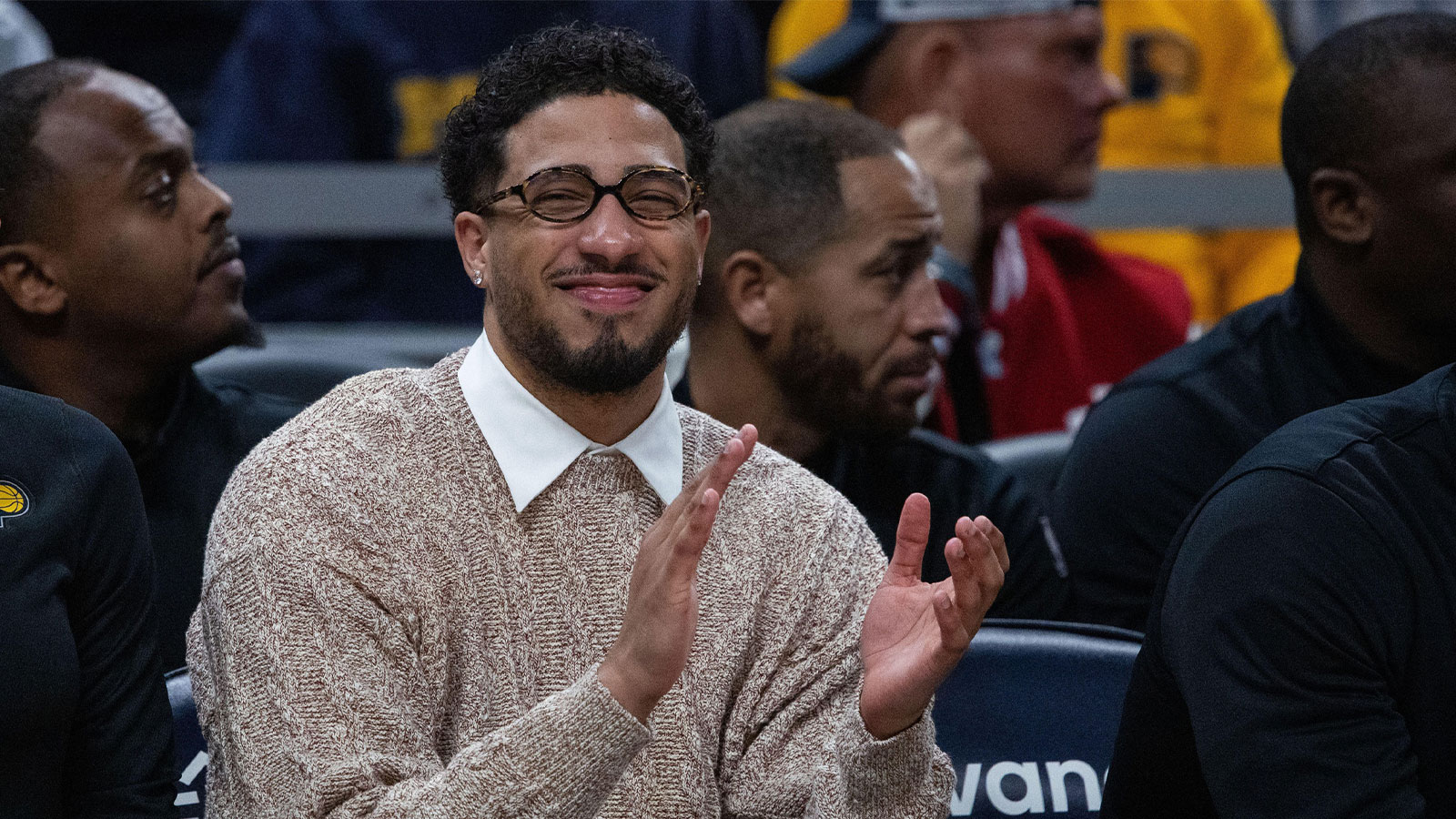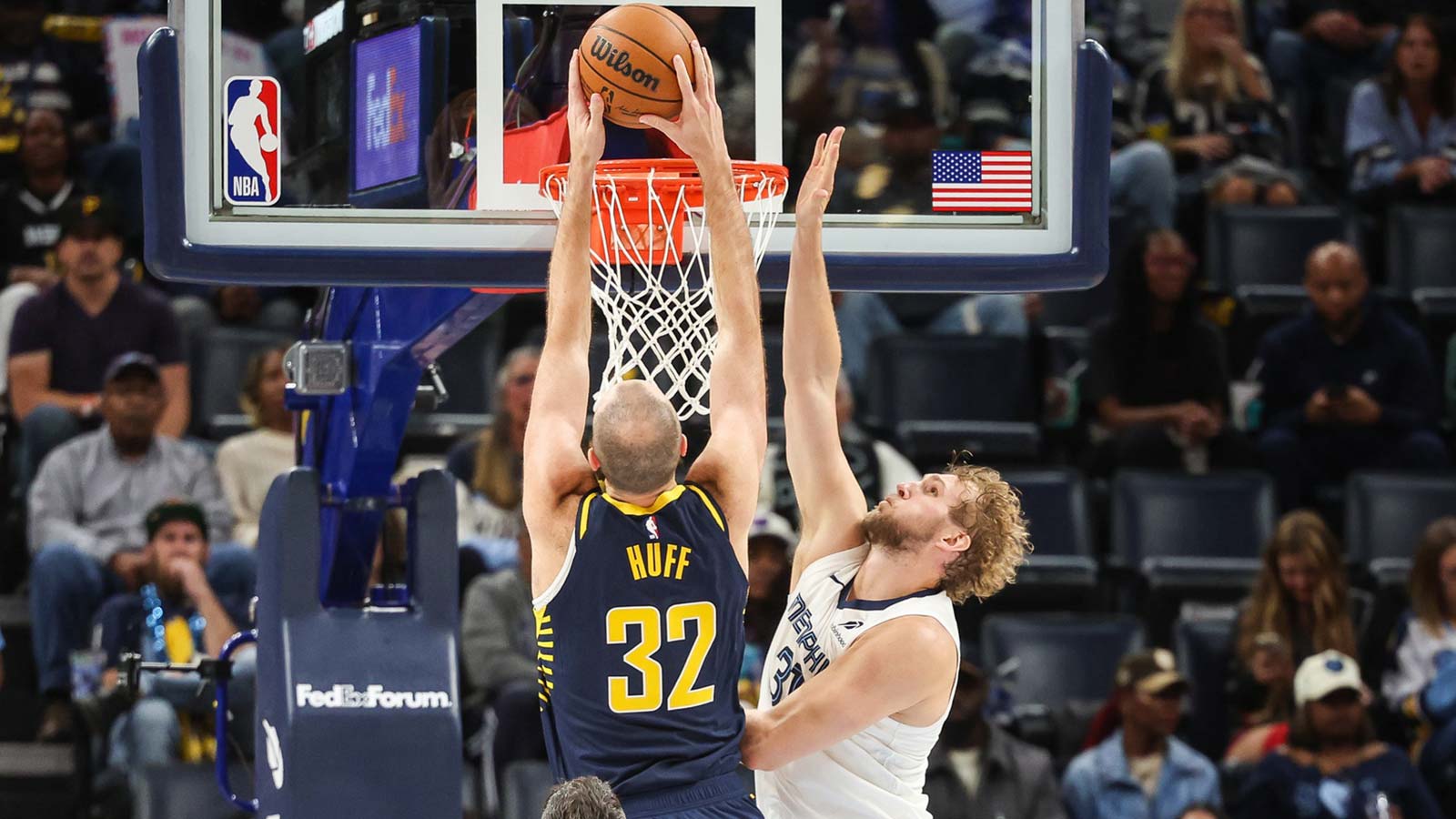The New York Knicks have earned their place in the Eastern Conference Finals through resilience, clutch play, and a revamped, more talented roster. Yet beneath the surface of this impressive playoff run lies a critical vulnerability that the Indiana Pacers must exploit if they hope to reach the NBA Finals: the Knicks’ tendency for slow starts and offensive inconsistency, especially from their starting unit.
Early Deficits and the Price of Chasing
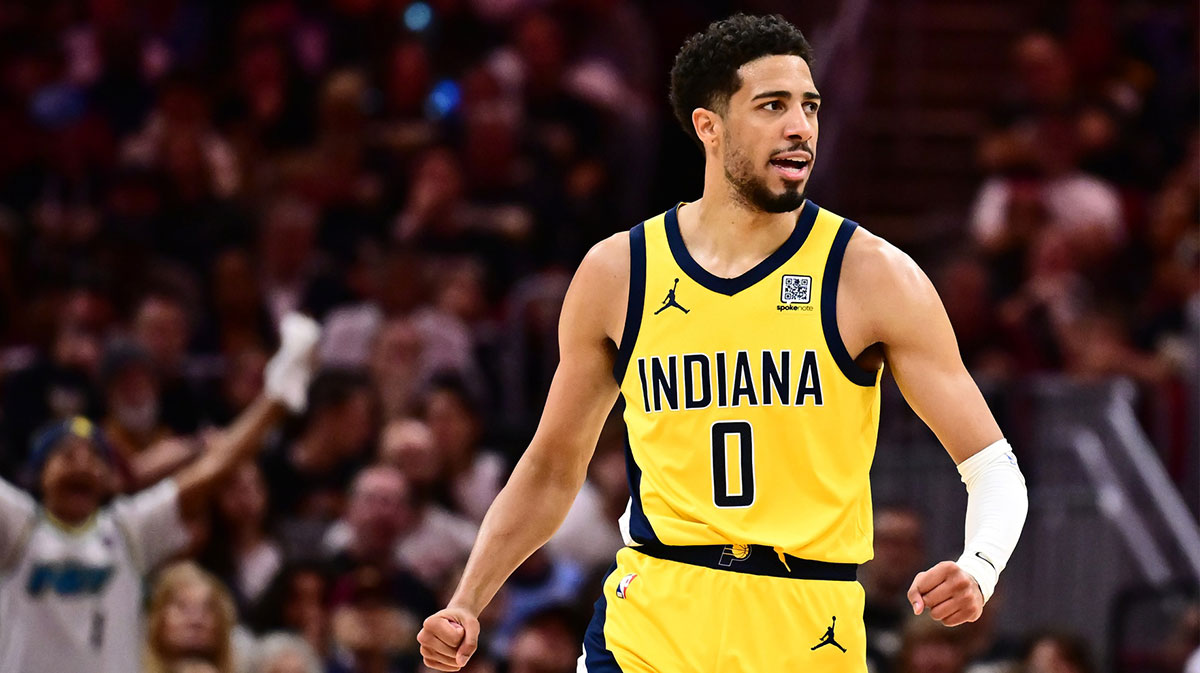
Throughout the 2025 playoffs, the Knicks have made a habit of falling behind early. Against the Boston Celtics, New York trailed by at least 20 points in each of the first three games, leading for a mere 12 minutes and 16 seconds while trailing for over 128 minutes. This pattern is not new; it plagued them in the regular season and re-emerged in their first-round series against Detroit, where they often entered the fourth quarter behind.
The underlying numbers are stark. The Knicks’ starting five has posted a minus-7.0 NET rating in the playoffs, and an even more alarming minus-20.7 NET rating against Boston. These slow starts force the Knicks to expend enormous energy clawing back into games, relying on late-game heroics from Jalen Brunson and their defense.
New York’s offense has oscillated between elite and unrecognizable, often depending almost entirely on Brunson’s shot creation. In the previous series, Brunson took 40 more shots than any other player on either team, averaging 29.7 points on 23.6 shots per game. When he’s off or defenses key in on him, the Knicks’ offense stagnates. Mikal Bridges, acquired for his two-way prowess, has struggled to find offensive consistency, shooting just 42.6 percent in the Detroit series and failing to convert open looks at times. Karl-Anthony Towns, another big-name addition, has a history of questionable decisions in high-pressure playoff moments.
The Knicks’ bench, once a source of strength, has also been inconsistent, offering little offensive support outside of occasional spurts from Mitchell Robinson and Cam Payne. This lack of secondary creation and bench production means that when Brunson is bottled up or starts slow, New York’s offense can grind to a halt.
While the Knicks’ defense is their calling card, it has shown cracks, particularly in defending the perimeter and the pick-and-roll. Boston torched New York for 20-of-40 three-point shooting in Game 3 of their series, often capitalizing on slow rotations and miscommunications. The Pacers, with their quick ball movement and multiple shooters, are well-equipped to exploit these lapses.
How the Pacers Can Exploit the Knicks’ Flaw
The Pacers excel at playing uptempo basketball, generating shots quickly in both transition and the half-court. Tyrese Haliburton’s ability to break down defenses and find open teammates is the engine of Indiana’s offense. If the Pacers can get out to fast starts—something they’ve done when playing at their preferred tempo, they can force the Knicks to play catch-up, a scenario that has repeatedly exposed New York’s offensive weaknesses.
Indiana’s depth is a significant advantage. They use an 11-man rotation to apply full-court pressure and keep their legs fresh, enabling them to wear down opponents over the course of a game. Unlike the Knicks, whose offense can become one-dimensional, the Pacers defeat teams in a variety of ways, emphasizing ball movement and contributions from multiple players. This approach can stretch the Knicks’ defense and force their starters to log heavy minutes, further exacerbating New York’s slow starts and late-game fatigue.
Both teams have struggled to defend the paint at times, but the Pacers’ ability to generate points inside, especially if the Knicks’ bigs get into foul trouble or are slow to rotate, could be decisive. Simultaneously, Indiana’s shooters must be ready to punish New York’s perimeter lapses. If the Pacers can hit threes at a high clip early, they can open up driving lanes for Haliburton and others, compounding the Knicks’ defensive challenges.
Perhaps most importantly, Indiana should prioritize strong starts and force New York to play from behind. The Knicks have shown they can rally, but relying on late-game comebacks is unsustainable against a disciplined, deep Pacers squad. By building early leads and maintaining pressure, Indiana can make the Knicks’ fatal flaw, slow starts and offensive inconsistency, work against them.
The Knicks’ resilience and defensive grit have carried them to the Eastern Conference Finals, but their chronic slow starts and offensive volatility remain a glaring weakness. For the Pacers, the path to the NBA Finals runs through exploiting this flaw: pushing the pace, leveraging their depth, attacking early, and forcing New York to play from behind. If Indiana can do that, they will not only expose the Knicks’ Achilles’ heel but also position themselves for a return to the NBA’s biggest stage.

